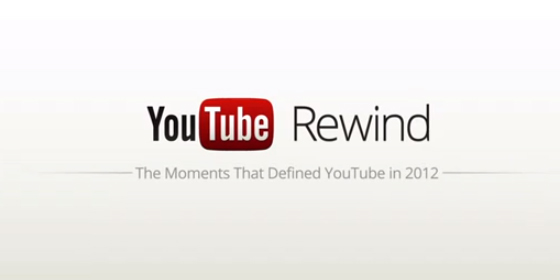YouTube has come a long way since its birth in April 2005 and since people learnt how to get more views on Youtube, but what does its meteoric rise mean for the worlds of film and television?
When a young man posted a video of himself in a San Diego zoo in early 2005, no-one could have predicted it was the beginning of a revolution in on-line content.
Whilst what would become YouTube had antecedents (such as iFilm) it was a combination of timing and Silicon Valley connections that really sent it into the stratosphere, culminating in its acquisition by Google in October 2006.
Its explosive growth over that year and the sheer amount of copyrighted content being uploaded led to speculation that it would be sued out of existence.
That didn’t happen, largely because Google had the money to legally defend itself, but also because the first media corporation to take legal action (Viacom) had their claims of copyright infringement struck down in 2010.
Although they can still appeal, it looks like YouTube’s official takedown policy and their large legal budget will cover them on this front.
Perhaps more interesting is the partnerships that the site has engaged in with more traditional media organisations like the BBC and CBS (the latter who are owned by Viacom).
YouTube has become like a default TV station for the entire web.
As of January 2012, Reuters reported that it was:
…streaming 4 billion online videos every day, a 25 percent increase in the past eight months,
…According to the company, roughly 60 hours of video is now uploaded to YouTube every minute, compared with the 48 hours of video uploaded per minute in May.
A lot of this is copyrighted material, but a newer generation are growing up with the site as a regular outlet for films, television and music, but also as a launchpad for memes, funny animals, activism and all kind of weird and wonderful stuff.
Their review of the most popular videos of 2012, featured a neat interactive timeline.
The collection shows the sprawling nature of content on the site, which is now so vast that it boggles the mind to think where it will be in another seven years.
More importantly, what are the future implications for longer form content?
Will our collective attention span gradually reduce as we get used to more short-form content on mobile devices?
And what effect will this have on professionally produced shows and films?
Live sports and music won’t be immune either as the site has already made headways into streaming live cricket and concerts.
Is it conceivable that in the next few years (as broadband speeds really increase) YouTube could buy the English Premier League football rights? I certainly think so.
For the film business it represents crisis and opportunity. At a recent Hollywood Reporter round table discussion, several studio executives held forth on the state of the business.
But it was long-time veteran Jeffrey Katzenberg of DreamWorks Animation who perhaps had the most interesting things to say.
The full discussion is below but click here to go directly to his answer about the future (i.e. next ten years) of the industry:
Katzenberg’s analogy with sports is astute and the discussion of the release window also hints at the underlying tensions that are still ongoing between studios and exhibitors.
Whilst the conversation about home entertainment and video on demand is often dominated by Netflix and local sites such as Lovefilm (UK) and Hulu (US), YouTube is perhaps the most fascinating VOD platform for the future.
The sheer scale of content, infrastructure and legal bills paid by Google, are likely to make it an interesting barometer for the state of the film and TV business over the next decade.
